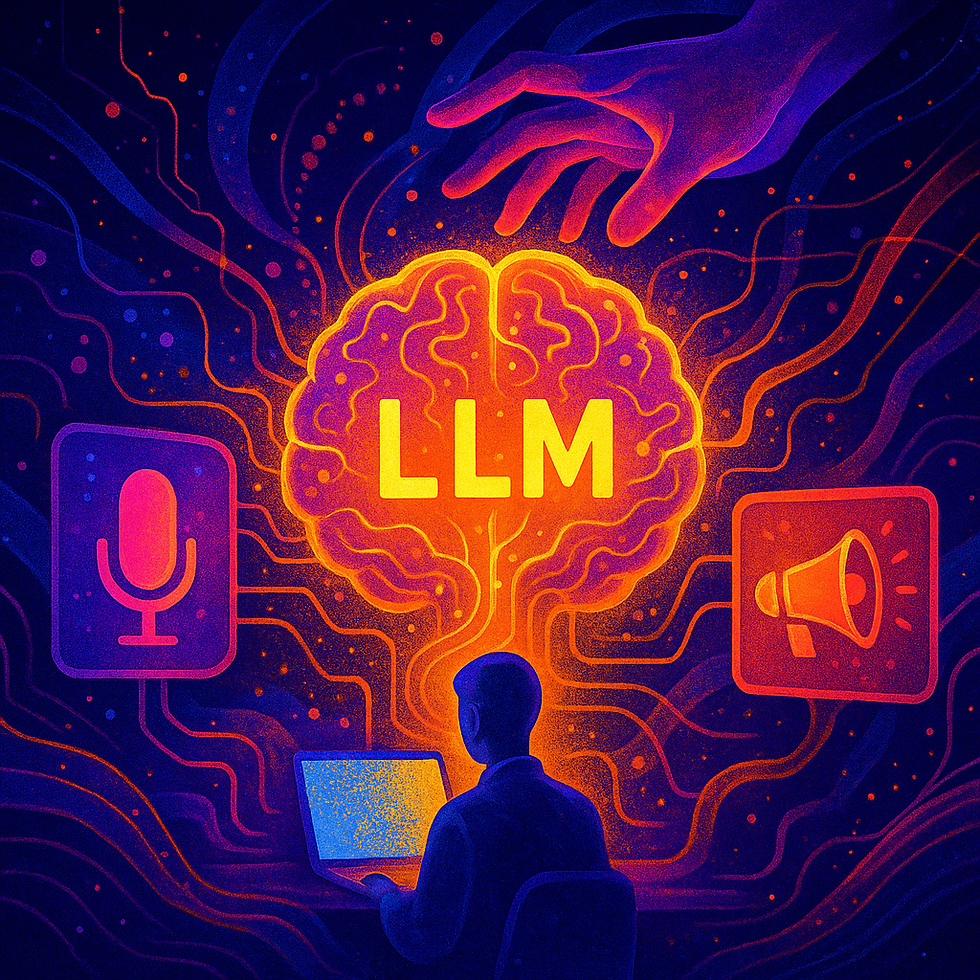
HEALTHCARE, MHEALTH, TRENDS, UX METHODS
Digital Health Apps & Interfaces: Why Good UX Determines Whether Patients Really Benefit
3
MIN
Aug 19, 2025
Digital health apps & interfaces: Why we have reached a critical point right now
Digitalisation in healthcare is booming: According to Fortune Business Insights, the global market for digital health is expected to grow from around 427 billion US dollars in 2025 to around 1,500 billion US dollars by 2032 – an annual growth rate of almost 20% (Source: Business Fortune Insihgts). The US market is estimated at around USD 92 billion in 2025 and could grow to over USD 248 billion by 2034 (Source: Accretive Edge)
Regardless of market figures, the challenge remains that many apps are developed, but only a few are used in the long term. Average retention rates after 90 days are ~34% for medical apps and around 31% for fitness apps (Source: Alchemer). Other sources report up to 70% dropout within the first 100 days (Source: PMC)
A key problem: UX determines long-term use. Users are bothered by interfaces that are difficult to understand, too many notifications or a lack of data relevance (Source: PMC, JMIR). The danger: high development costs (typically 7–12 months, >270,000 USD) that go up in smoke when users uninstall the app after a short time (Source: PMC).
Many apps – especially in the mental health sector – show clinical efficacy in studies (retention rates of 85–95%) (Source: The Guardian). However, these effects are usually only visible under controlled conditions. In real everyday use, the effect is often a fallacy: poor UX dilutes the clinical benefits.
Convincing business benefits:
Higher long-term retention means reuse, data feedback and increased value of digital products.
Patient engagement increases effectiveness and adherence.
Cost efficiency: Promising apps pay for themselves through relevant use.
Trend overview & causes
Digital health is gaining momentum – but users remain exceptionally fragile
Deloitte reports: 90% of healthcare managers expect digital tools and virtual care to have a major impact on their strategies by 2025 (Source: Deloitte Italia). Telehealth, mHealth, patient-centred dashboards – demand is rising. But form often follows function: if the interface is not intuitive, the benefits are not apparent.
Evaluation gaps: apps are developed without valid UX measurement
A review of technical health applications describes an ‘evaluation crisis’ – many apps enter the market without real data on their effectiveness and user-friendliness (Source: BMC Digital Health)
Drop-off typologies: Technical, psychological and content-related hurdles
Studies show that common reasons for early dropouts are technical errors, lack of motivation, inappropriate UI designs, lack of personalisation or data protection concerns (Source: PMC).
Mental health apps as a special case – high retention with good UX
Treatment apps in the field of mental health show compliance rates of over 50% and retention rates of over 90% in controlled studies (Source: PMC). This user retention is strongly based on a comprehensible structure, clinical support and interface trust.
Which UX methods effectively improve apps and interfaces?
Early explorations & persona workshops to understand actual needs
Prototype usability tests (low- & high-fidelity) to check usability and information structure early on
Diary studies & in-context interviews to accompany users over several weeks
Retention tracking & feedback loop tools to systematically understand reasons for drop-off – interviews after drop-off
These methods help to identify usability problems early on, improve user retention and make clinical goals actionable.
Why uintent is the right partner for digital health UX research
uintent combines UX expertise with real pragmatism:
Focus on UX research instead of design showcases – with valid data and documented findings
Experience in digital health research, with diary and longitudinal studies with real users
Regulatory-compliant methodology – ideal for digital health applications that may be considered medical devices
Global network, locally rooted – particularly relevant for multilingual apps or international rollouts
💌 Not enough? Then read on – in our newsletter. It comes four times a year. Sticks in your mind longer. To subscribe: https://www.uintent.com/newsletter




.png)















